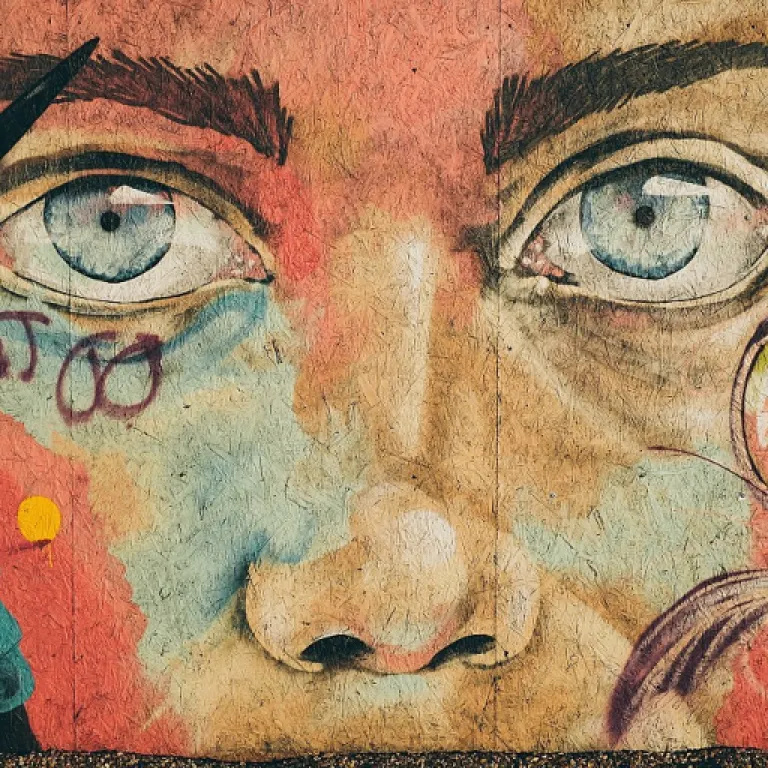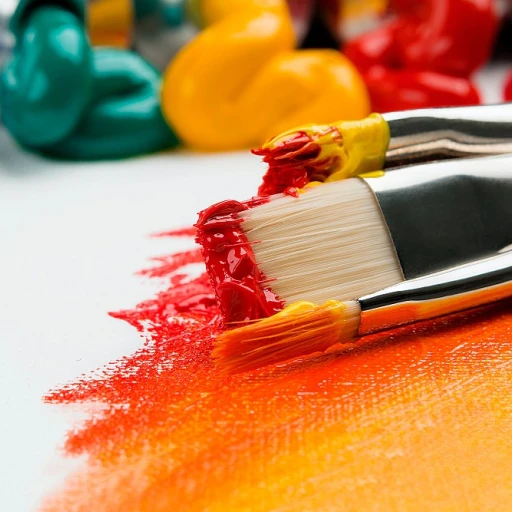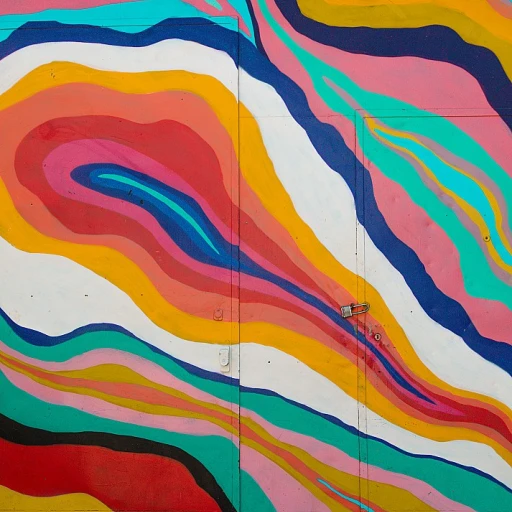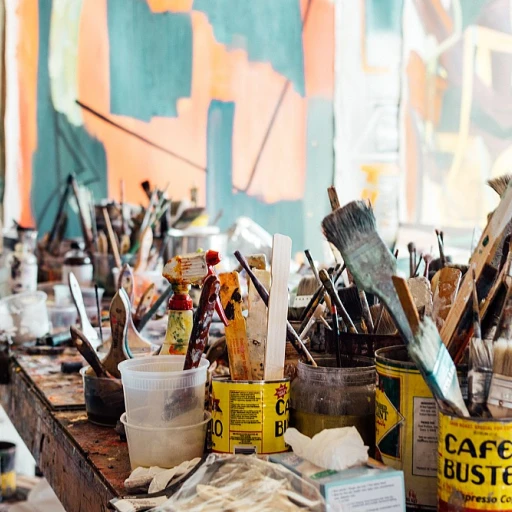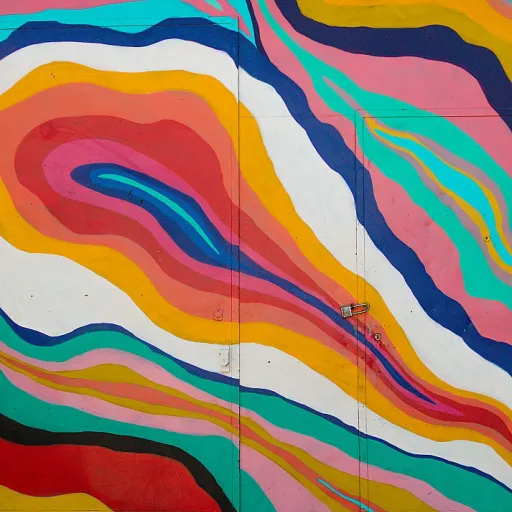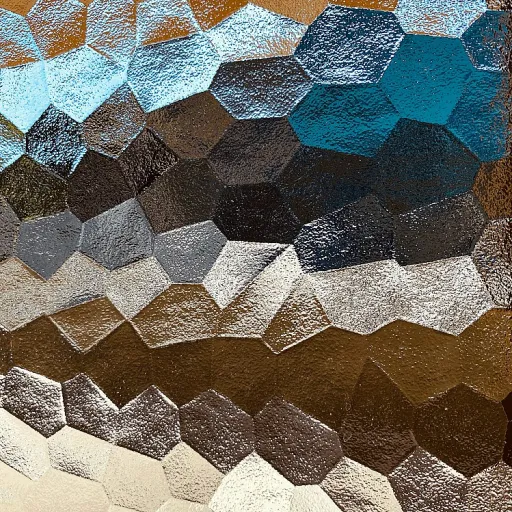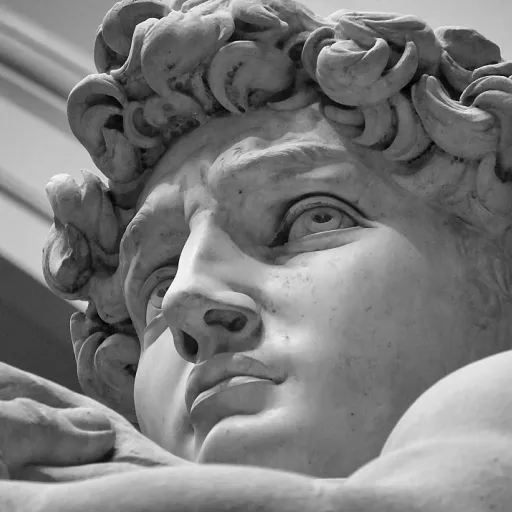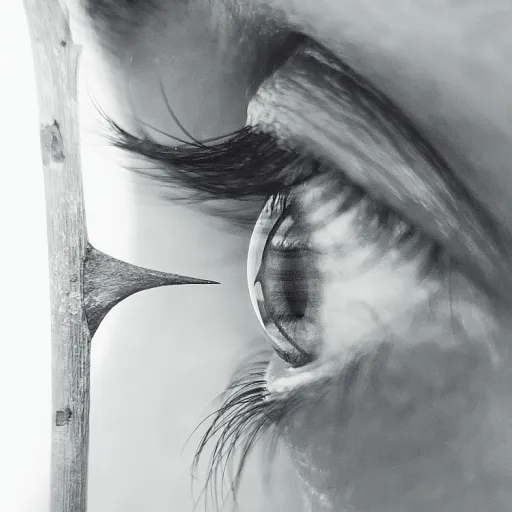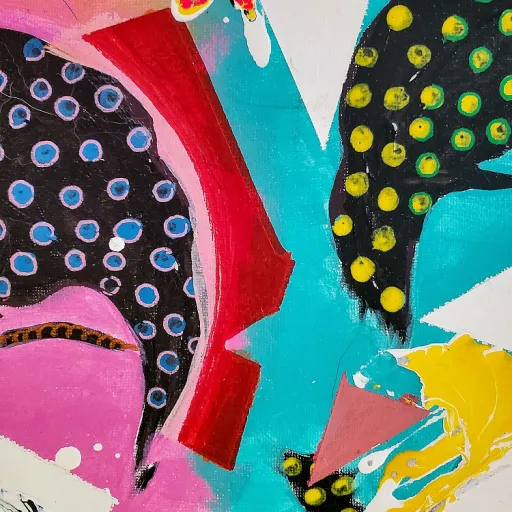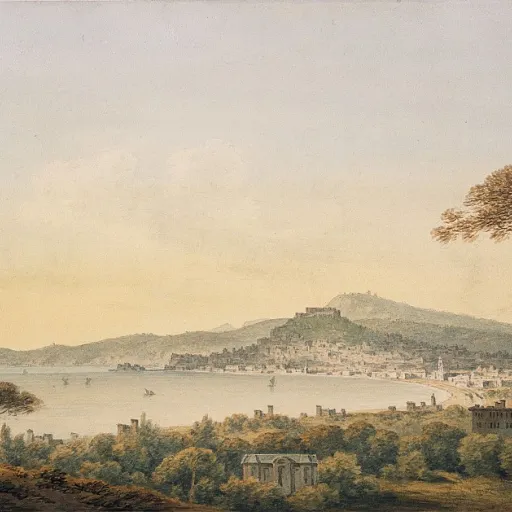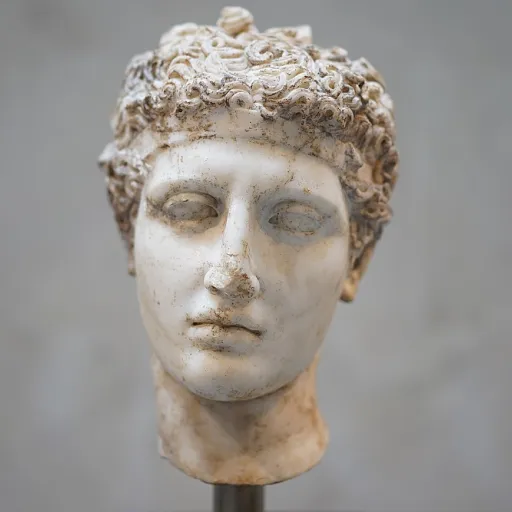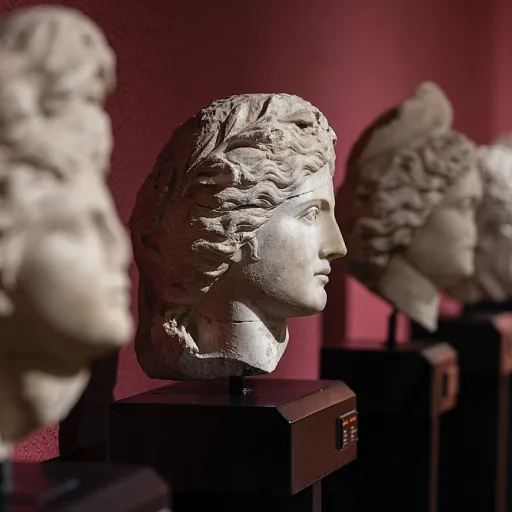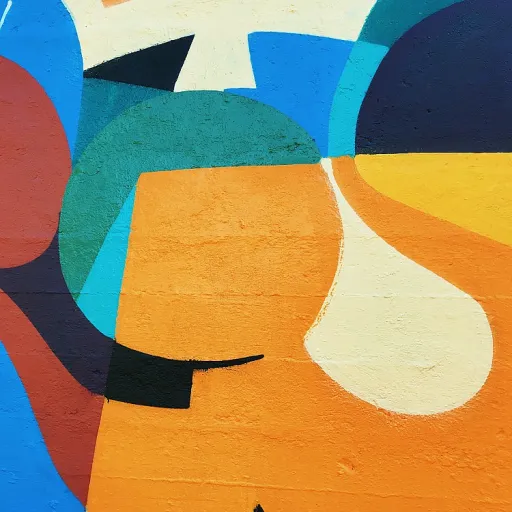-teaser.webp)
The Role of Painting Mediums in Luxury Art
The Impact of Medium on Artistry
In the opulent world of luxury art, the choice of painting mediums significantly influences the final masterpiece's aesthetics and technical nuances. Artistry flourishes through various mediums such as oil, acrylic, watercolor, and ink, each offering distinct qualities for artists striving to create unique expressions.
Oil painting stands as a timeless choice, celebrated for its rich textures and depth, allowing artists to manipulate colors in layers which is essential for creating luxuriant, evocative imagery. Mediums oil plays a pivotal role in achieving these effects, with oil paints being favored for their slow drying times, providing a flexible window for blending and sophisticated detailing.
Alternatively, acrylic paints, with their quick-drying properties, are embraced by artists seeking a modern touch. This painting medium offers a versatility, enabling both impasto techniques with heavy body paints and delicate washes using water-soluble variants.
For artists exploring translucent and soft tones, watercolors and gouache bring a refined elegance, often applied on high-quality paper. The distinct characteristics of pastels, whether soft or oil pastels, contribute vivid colors and a tactile allure appreciated in luxury artwork.
Understanding Mediums in Luxury Art
A deep understanding of painting mediums helps aficionados properly evaluate and appreciate the effort and skill embedded in luxury artworks. The choice of paint mediums not only dictates the visual appeal but also impacts how paints adhere and evolve over time. The drying and final finish are often contingent on these substances, emphasizing the need for informed selection. As we navigate the enchanting world of luxury art, being well-versed in these subtleties elevates our appreciation and discernment.
Traditional vs. Modern Mediums: A Comparative Insight
Traditional and Contemporary Approaches in Cruising Art Mediums
The world of luxury art is an exquisite blend of tradition and innovation, notably reflected through the painting mediums embraced by artists over centuries. Differentiating between traditional and modern mediums reveals a profound insight into artistic techniques and their evolution. Traditional mediums such as oil and watercolour have long held a revered status among artists, with oil painting being celebrated for its complexity and deep, luminous colours. Oil paints, characterized by their slow drying nature, allow artists to achieve intricate layers, offering expressive depth unparalleled by other mediums. On the other hand, watercolour is lauded for its fluidity and the transparency it lends to art, creating ethereal landscapes and delicate compositions. These artworks, when crafted with finesse, stand as timeless treasures in the luxury art market. In contrast, modern mediums like acrylics and gouache offer versatility that appeals to contemporary artists. Acrylic paint, notably appreciated for its fast drying time and vibrant heavy body characteristics, provides a fresh canvas to explore dynamic expressions. Artists looking for flexibility in their creative process are increasingly opting for acrylic painting, which can mimic the appearance of both oils and watercolours. Additionally, gouache, a more opaque relative of watercolour, allows for bold, flat colour application, giving a modern twist to traditional techniques. Moreover, the introduction of solvent-free and water-soluble mediums has brought a significant change, not only in the creation but also in the conservation of luxury art. These innovations ensure vibrant artworks with reduced environmental impact, catering to the conscientious collector. Pastels also play an influential role, with soft pastels being favoured for their tactile softness and pure pigment intensity, while pastels oil presents an oil-infused richness. Embracing various types painting mediums, artists have the tools to create art that resonates with both tradition and modernity. For those intrigued by the allure of modern mediums, the exploration of different surfaces such as masonite can bring further uniqueness to a luxury artwork portfolio. Discover more about this medium and its applications by exploring the allure of painting on masonite.The Influence of Medium on Artistic Expression
The Impact of Medium on the Language of Art
The significance of choosing the right painting mediums cannot be understated when it comes to luxury art. Whether an artist opts for the timeless elegance of oil paint or the modern versatility of acrylic paint, the chosen medium greatly influences the emotional and aesthetic response elicited from viewers. Each medium carries its own set of characteristics, impacting not only the texture and color of the artwork but also the overall narrative it conveys.
Oil painting, revered for its rich texture and vibrant colors, offers unique depth that allows artists to create profound expressions. The slow drying time of oil paints grants artists the luxury to blend colors seamlessly, a feature not found in other media. This quality enables the creation of heavy body textures that can juxtapose smooth, refined finishes, adding a layer of complexity to luxury artwork.
In contrast, acrylic painting provides a different set of attributes. Known for its quick dry time, durability, and wide range of applications, acrylics offer artists the flexibility to layer swiftly and adjust their work as needed without long wait times. This quality can be particularly appealing to those who favor water soluble techniques or aim to achieve a glossy, contemporary finish with the use of mediums varnishes.
Moreover, the choice of medium affects not only the artistic expression but also the practical aspects of artwork creation and collection. Watercolor and gouache, with their delicate, translucent qualities, often require meticulous care and understanding of the paper being used to maintain integrity, while ink painting might offer unique challenges in achieving desired shades and textures.
Understanding the inherent characteristics of each paint medium - from the luminous glow of watercolours to the subtle nuances of pastels - is essential for artists and collectors alike. This knowledge not only enhances appreciation but ensures the right techniques are employed to preserve the beauty and intention of a luxury masterpiece.
Techniques and Innovations in Luxury Painting Mediums
Innovative Techniques and Trends in Luxury Painting Mediums
Exploring new horizons in luxury art, artists have been consistently pushing boundaries by experimenting with innovative painting mediums and techniques. This relentless quest for uniqueness and excellence has brought several breakthroughs that art connoisseurs find irresistible. One of the primary shifts witnessed is the move toward utilizing lesser-known mediums such as gouache and ink. These mediums offer a distinctive matte finish that artists can manipulate to achieve both transparency and opacity, creating striking contrasts in artworks. Ink painting, in particular, captures an ethereal quality, with artists leveraging its fluidity to create intricate patterns and detailed textures. A notable technique gaining traction is the use of heavy body acrylics. These paints offer a thicker consistency, which allows artists to work with texture, simulating the classical oil painting appearance without the prolonged drying time. This technique lets artists swiftly switch between layers, making the painting process more dynamic. The greener aspect of art creation has seen the rise of water soluble oil paints and solvent-free mediums. These products adhere to eco-friendly guidelines while maintaining the rich vibrancy and workability of traditional oil paints. Artists don’t have to compromise on quality and can create stunning luxury pieces with less environmental impact. Soft pastels and pastels oil have also found their place in the luxury segment, with their ability to produce soft transitions and vibrant colors. When applied to textured paper, pastels enable a unique tactile experience that is both visually and tangibly appealing. In sum, the adoption of innovative techniques and mediums has transformed luxury art. Amidst these advancements, artists maintain the challenge of marrying technique with expression, ensuring each piece not only showcases technical proficiency but also conveys depth and meaning. As such, keeping abreast of these trends allows art collectors and enthusiasts to appreciate the evolving landscape of luxury art.Collecting Luxury Art: Understanding Mediums
Understanding the Importance of Mediums in Art Collections
When investing in luxury art, a collector's understanding of painting mediums is crucial. Each medium, whether it be oil, acrylic, watercolor, or pastels, not only influences the final aesthetic of the artwork but also affects its long-term value and preservation requirements. Luxury art collectors should consider the following aspects:- Medium Characteristics: Oil paints, known for their rich color and texture, allow artists to create depth and complexity, thanks to their slow drying time. Conversely, acrylic paints provide quick drying times and flexibility, making them ideal for modern artworks that embrace vibrant colors and varied textures.
- Preservation Needs: Different mediums require specific care. For example, oil paintings demand careful consideration of humidity and temperature to prevent cracking. Acrylic paintings, while more resilient to environmental changes, still benefit from UV protection to prevent fading.
- Artistic Intent: The choice of medium plays a pivotal role in how an artist expresses their vision. Watercolor and gouache allow for translucency and spontaneity, often associated with more fluid artistic expressions. Soft pastels offer vibrant colors and a unique texture that can be appealing for certain artistic styles.
- Technical Aspects: Knowledge of mediums also involves understanding how various paints interact when layered. This is particularly important in mixed-media art, where combining oil, acrylic, and ink can yield unique effects.
- Innovation in Art: As the art world evolves, so do the tools. Mediums like water-soluble oils and solvent-free acrylics provide more sustainable options for artists and collectors concerned with environmental impact.

